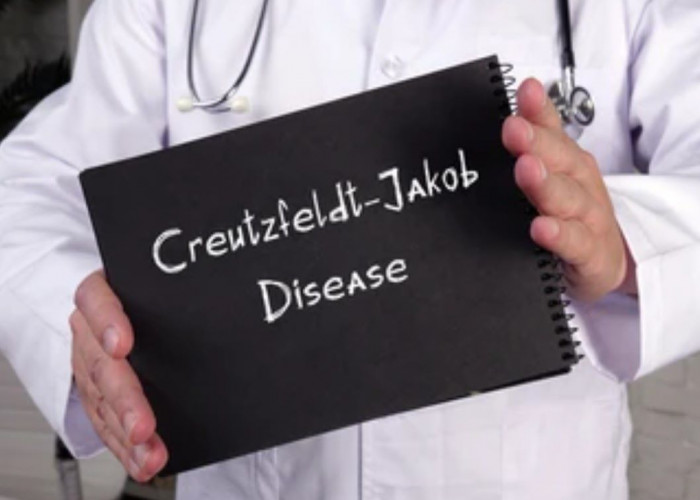 Welcome
Welcome
“May all be happy, may all be healed, may all be at peace and may no one ever suffer."
Creutzfeldt-Jakob disease

Creutzfeldt-Jakob disease (CJD) is a rare, degenerative, and fatal brain disorder that affects about one in every one million people worldwide. It is caused by abnormal prion proteins that accumulate in the brain and cause damage to brain cells.
There are several different types of CJD, including sporadic CJD, which is the most common form and occurs spontaneously; genetic CJD, which is caused by an inherited mutation; and acquired CJD, which can occur through exposure to infected tissue or medical equipment.
Symptoms of CJD typically include rapidly progressive dementia, neurological problems such as muscle stiffness, tremors, difficulty with coordination and movement, and other behavioral and psychiatric changes. These symptoms usually develop over a period of weeks to months and often lead to severe disability and death.
There is currently no cure for CJD, and treatment is mainly supportive, focused on relieving symptoms and improving quality of life. However, some experimental treatments are being developed, including drugs that target abnormal prion proteins and stem cell therapy.
Due to its rarity and the difficulty of diagnosis, CJD can be a challenging condition to manage. If you or someone you know is experiencing symptoms of CJD, it is important to seek medical attention from a qualified healthcare provider who can provide an accurate diagnosis and appropriate treatment options.
Research Papers
Disease Signs and Symptoms
- Irritability and other personality changes
- Memory loss
- Blurred vision of eye
- Blindness (Vision loss)
- Trouble sleep (insomnia)
- Difficulty speaking
- Difficulty swallowing (dysphagia)
Disease Causes
Creutzfeldt-Jakob disease
Creutzfeldt-Jakob disease and its variants belong to a broad group of human and animal diseases known as transmissible spongiform encephalopathies (TSEs). The name derives from the spongy holes, visible under a microscope, that develop in affected brain tissue.
The cause of Creutzfeldt-Jakob disease and other TSEs appears to be abnormal versions of a kind of protein called a prion. Normally these proteins are produced in our bodies and are harmless. But when they're misshapen, they become infectious and can harm normal biological processes.
How CJD is transmitted
The risk of CJD is low. The disease can't be spread through coughing or sneezing, touching, or sexual contact. CJD can develop in three ways:
- Sporadically. Most people with classic CJD develop the disease for no apparent reason. This type, called spontaneous CJD or sporadic CJD, accounts for most cases.
- By inheritance. Fewer than 15% of people with CJD have a family history of the disease or test positive for a genetic mutation associated with CJD. This type is referred to as familial CJD.
- By contamination. A small number of people have developed CJD after being exposed to infected human tissue during a medical procedure, such as a cornea or skin transplant. Also, because standard cleaning methods don't destroy abnormal prions, a few people have developed CJD after undergoing brain surgery with contaminated instruments. A small number of people have also developed the disease from eating contaminated beef.
- Cases of CJD related to medical procedures are referred to as iatrogenic CJD. Variant CJD is linked primarily to eating beef infected with mad cow disease (bovine spongiform encephalopathy, or BSE).
Disease Prevents
Creutzfeldt-Jakob disease
There's no known way to prevent sporadic Creutzfeldt-Jakob disease (CJD). If you have a family history of neurological disease, you may benefit from talking with a genetics counselor. He or she can help you sort through the risks associated with your situation.
Preventing iatrogenic CJD
Hospitals and other medical institutions follow clear policies to prevent iatrogenic CJD. These measures have included:
- Exclusive use of man-made human growth hormone, rather than the kind derived from human pituitary glands
- Destruction of surgical instruments used on the brain or nervous tissue of someone with known or suspected CJD
- Single-use kits for spinal taps (lumbar punctures)
To help ensure the safety of the blood supply, people with a risk of exposure to CJD or vCJD aren't eligible to donate blood in the United States. This includes people who:
- Have a biological relative who has been diagnosed with familial CJD
- Have received a dura mater brain graft
- Have received cadaveric human growth hormone
- Spent at least three months in the United Kingdom from 1980 to 1996
- Spent five years or more in France or Ireland between1980 and 2001
- Received a blood transfusion in the U.K., France or Ireland since 1980
The U.K., as well as some other countries, also has certain restrictions regarding blood donations from people with a risk of exposure to CJD or vCJD.
Preventing vCJD
The risk of getting vCJD in the United States remains very low. Only four cases have been reported in the U.S. According to the U.S. Centers for Disease Control and Prevention (CDC), strong evidence suggests that these cases were acquired in other countries outside of the U.S.
In the United Kingdom, where the majority of vCJD cases have occurred, fewer than 200 cases have been reported. CJD incidence peaked in the U.K. between 1999 and 2000 and has been declining since. A very small number of other vCJD cases also have been reported in other countries worldwide.
To date, there is no evidence that people can develop vCJD from consuming meat of animals infected with CWD prions. Nonetheless, the CDC recommends that hunters strongly consider having deer and elk tested before eating the meat in areas where CWD is known to be present. In addition, hunters should avoid shooting or handling meat from deer or elk that appear sick or are found dead.
Regulating potential sources of vCJD
Most countries have taken steps to prevent BSE-infected tissue from entering the food supply, including:
- Tight restrictions on importation of cattle from countries where BSE is common
- Restrictions on animal feed
- Strict procedures for dealing with sick animals
- Surveillance and testing methods for tracking cattle health
- Restrictions on which parts of cattle can be processed for food
Disease Treatments
No effective treatment exists for Creutzfeldt-Jakob disease or any of its variants. Many drugs have been tested and haven't shown benefits. For that reason, doctors focus on relieving pain and other symptoms and on making people with these diseases as comfortable as possible.
Disease Diagnoses
Disease Allopathic Generics
Disease Ayurvedic Generics
Disease Homeopathic Generics
Disease yoga
Creutzfeldt-Jakob disease and Learn More about Diseases
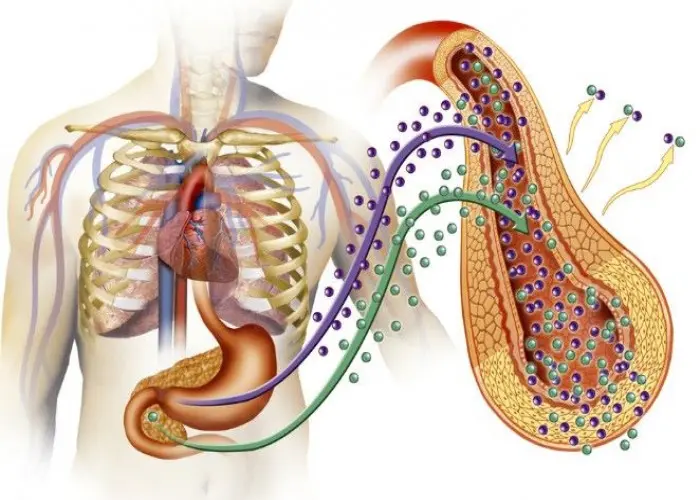
Diabetic hyperosmolar syndrome
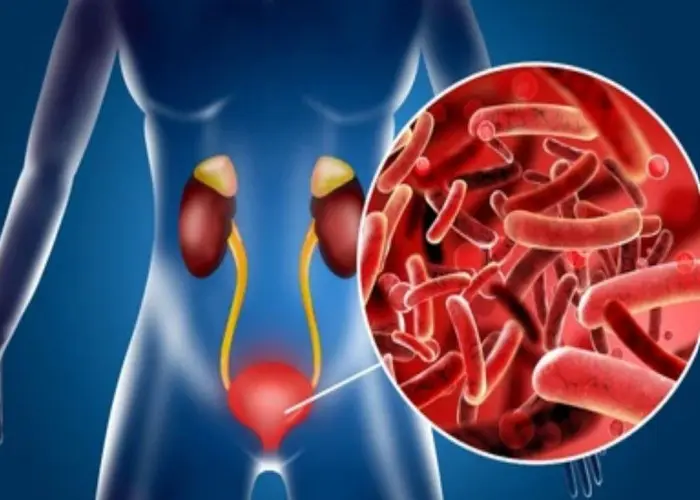
Cystitis

Tularemia
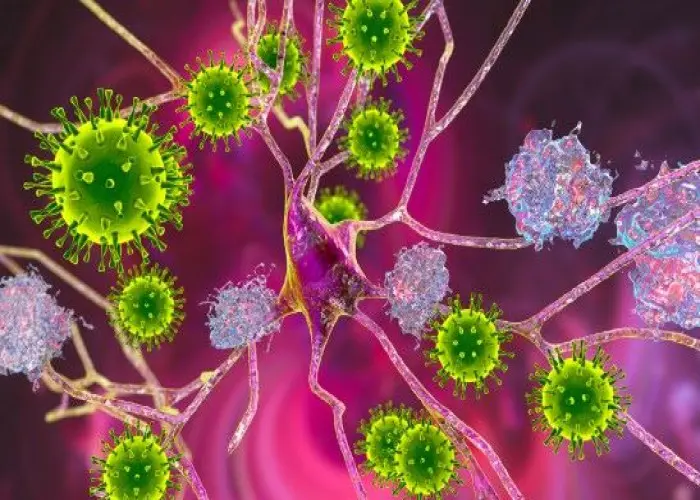
Frontotemporal dementia
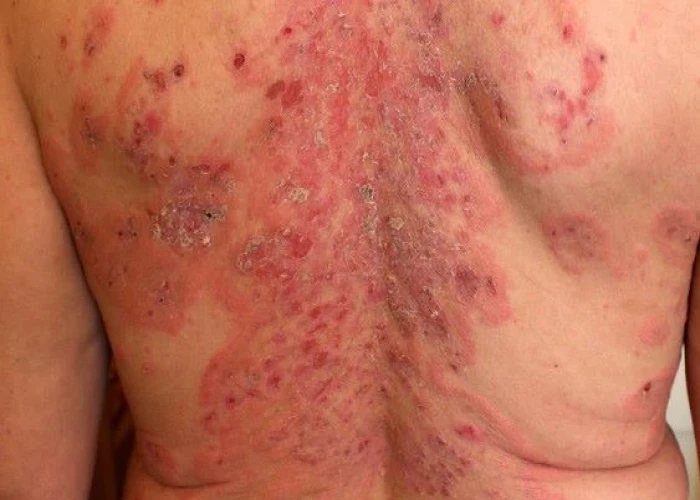
Pemphigus

Congenital heart defects in children
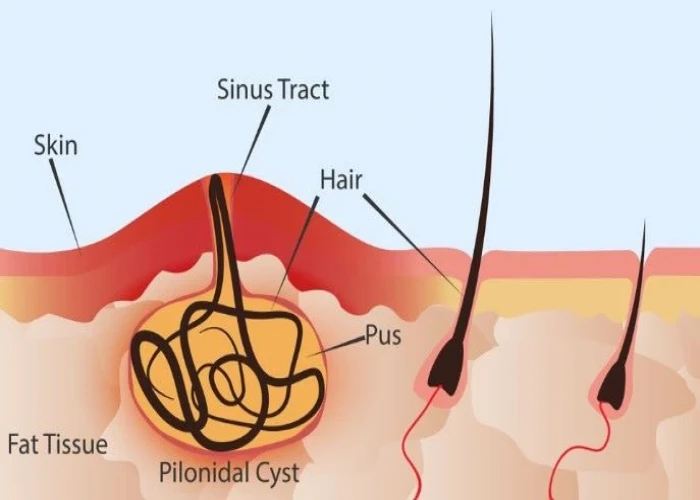
Pilonidal cyst
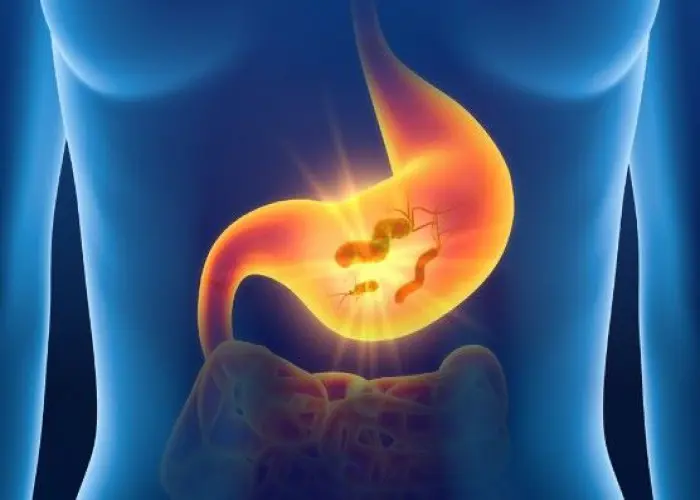
Gastritis
Creutzfeldt jakob disease, Creutzfeldt jakob, VCJD, ক্রুজফেল্ড জেকব রোগ
To be happy, beautiful, healthy, wealthy, hale and long-lived stay with DM3S.
